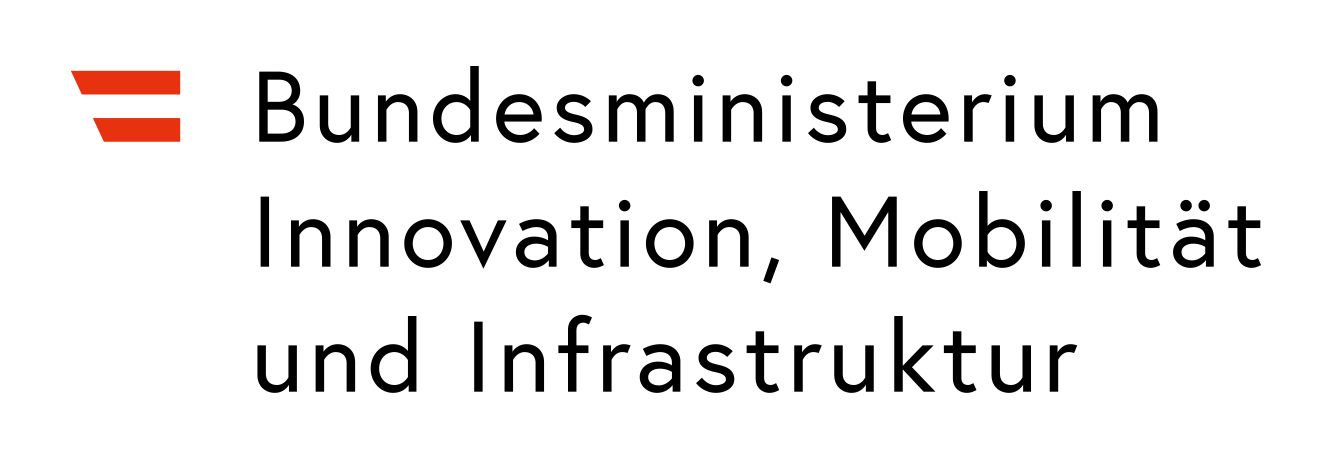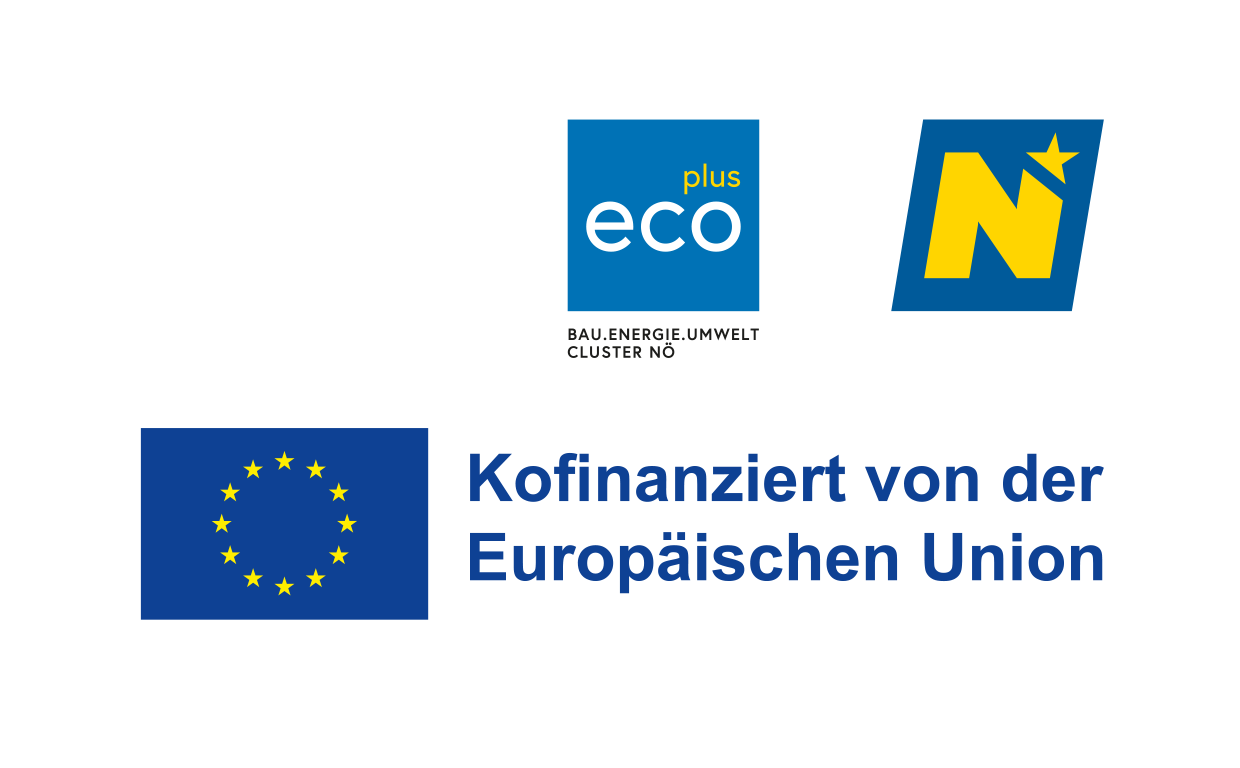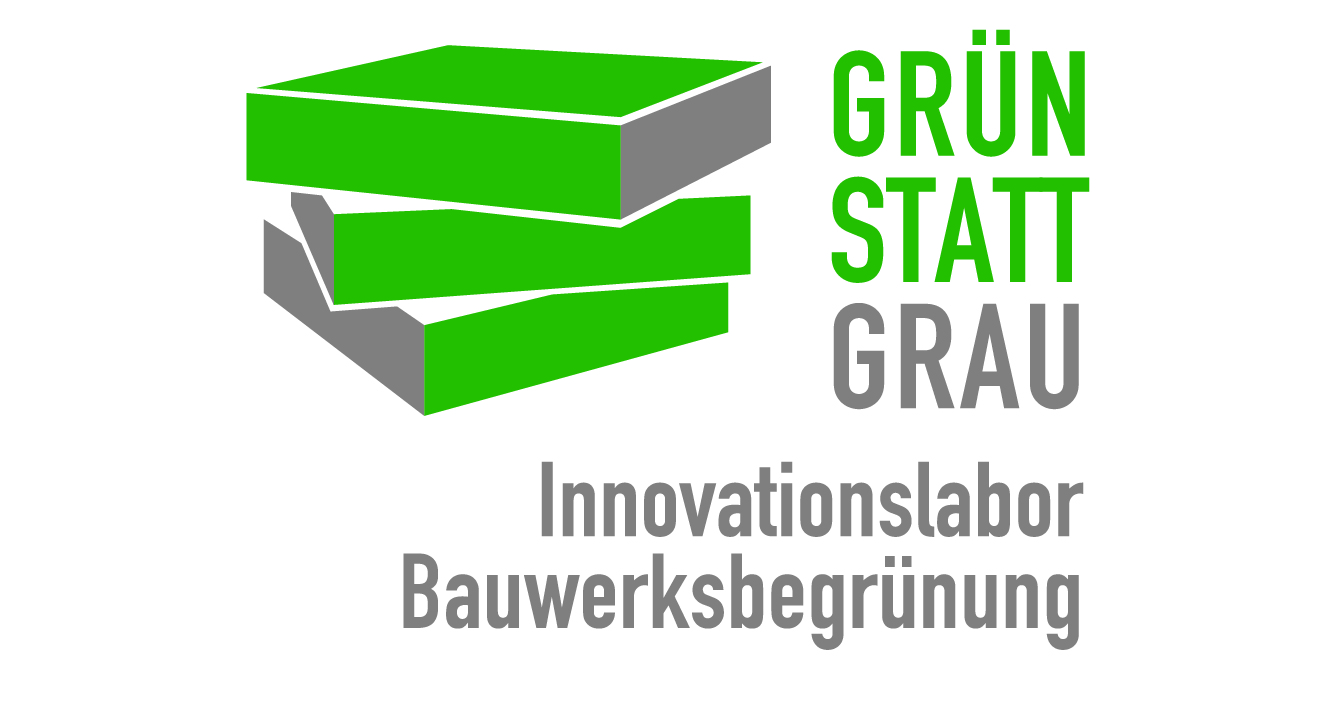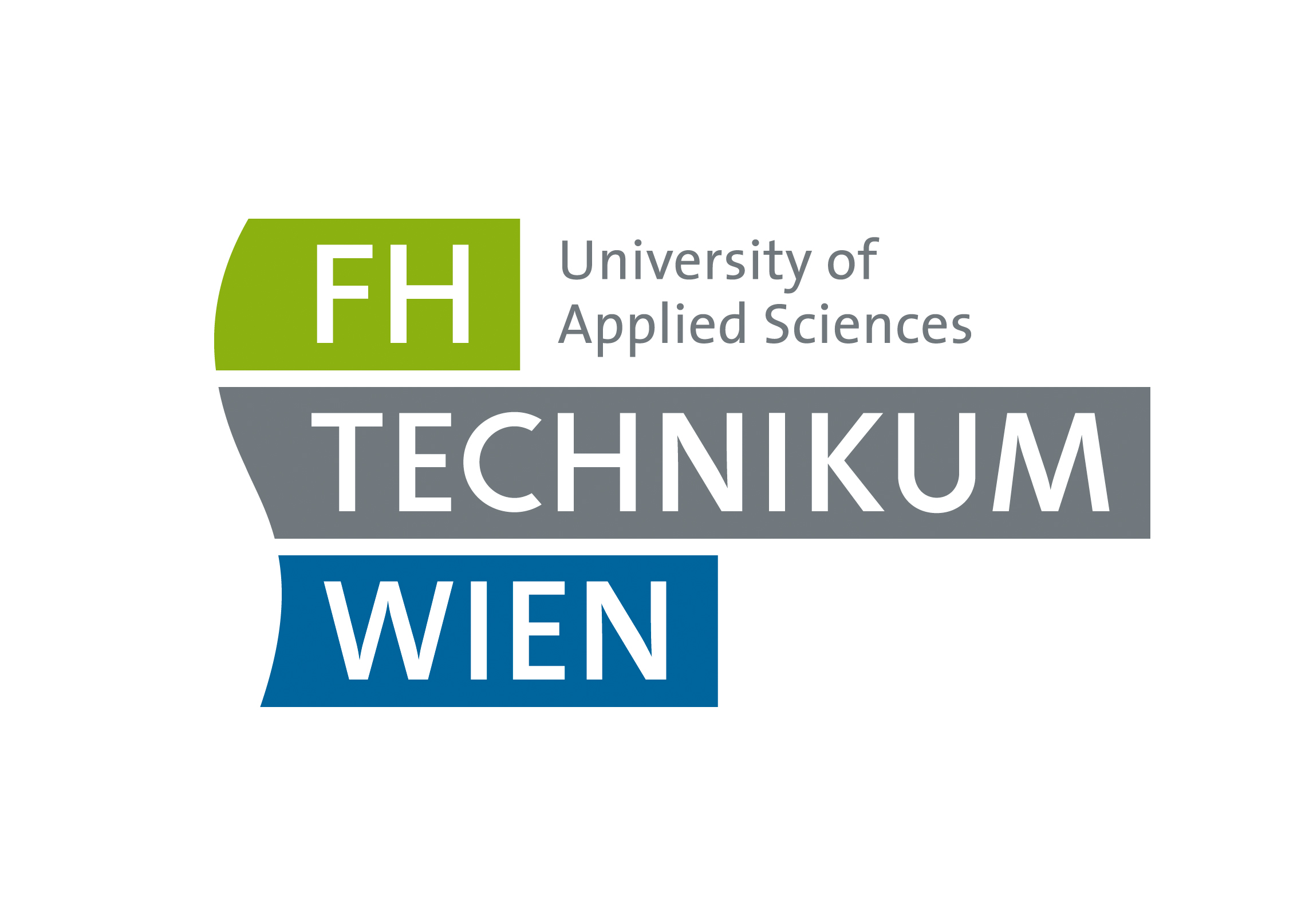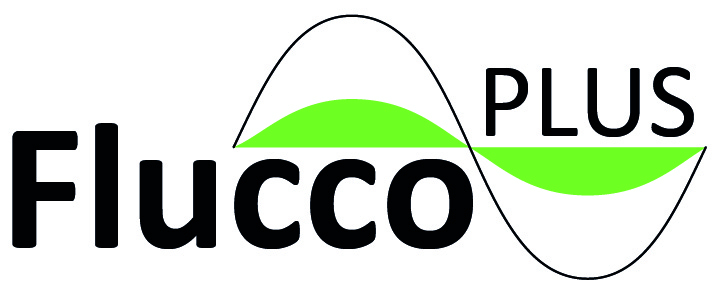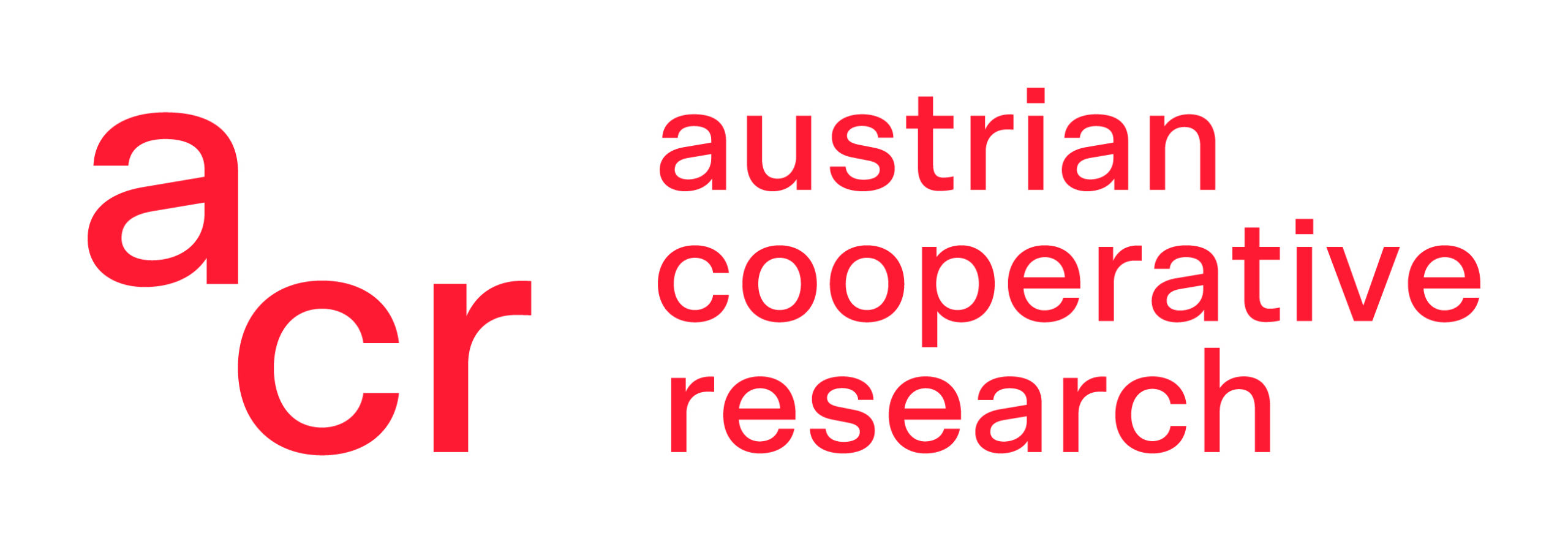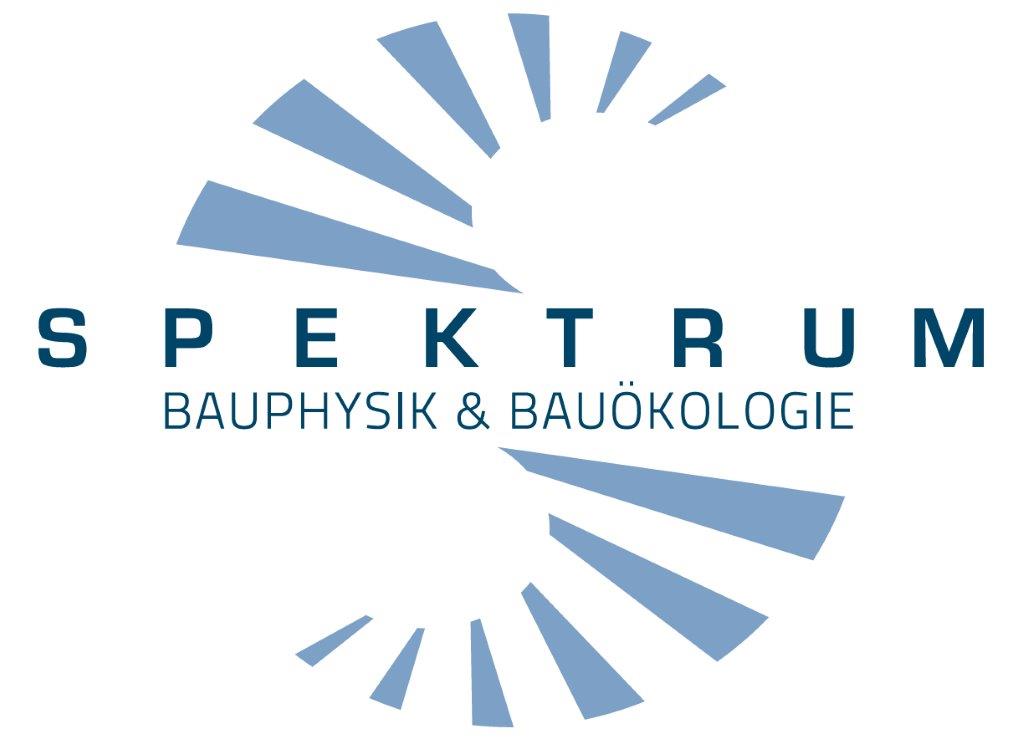Please find a schedule of BauZ! 22 here
- Conference proceedings, printed: EUR 25,– / .as pdf: EUR 22,–
- Orders to kongress@ibo.at
Questions? Please contact us at kongress@ibo.at or by telephone: ++43 1 319 20 05 – 40
Refurbished buildings in good company
Buildings are being refurbished when their attractiveness or utility is to be enhanced or when a property’s economic efficiency or commercial value can be improved. At BauZ! 2022, we want to deal with the refurbishment of buildings, the more so as boundary conditions are favorable:
A guideline also highlighting the societal and global ecological importance of the refurbishment of buildings is constituted by the European Green Deal and the attendant regulations contained in the “FIT for 55” legislative package. With this guideline, the decarbonization of the construction sector and of building operation will proceed. In this context, the refurbishment of existing building stock takes center stage.
The environmental impact of a building comes from at least five sources.
- The grey energy of the construction materials in buildings viewed as the amount of energy incurred for the manufacturing, transport and disposal of construction materials as well as for the construction of the building,
- The operating energy demand of the building,
- The (pro-rata) infrastructure for the supply of the building with electricity, heat/cooling energy, water and communications,
- The demand for functions that a building does not provide to its occupants. Because these functions are sought somewhere else which causes traffic and requires and justifies traffic infrastructure.
- Land use.
Accordingly, there are at least five spheres of action that can make building refurbishment a success.
- Developing hybrid construction modes for cities! Prefabrication boosts the efficiency and quality of refurbishment measures and is a good opportunity to design constructions for disassembly and reusability. Grey energy can be obtained for a longer life cycle by providing detachable connections in removable constructions. And: relying on a kind of architecture that, according to all that we have the capacity to know, will still hold appeal in 200 years, as it does not only serve the intended purpose but is also convenient and appealing to humans irrespective of what they want to do in the building.
- Building envelopes that are that well balanced in thermal terms that they ensure convenient temperatures at good indoor air quality by way of minimum energy input and minimum demand for regulation.
- Striving for energy generation, distribution and storage at district level and taking part in anergy grids. Founding energy communities. Making use of sector coupling. Planning Plus Energy Districts (PED).
- Developing shared facilities beyond the boundaries of a building: gardens, rooftop gardens, courtyards, shared gardening, spaces that are rented out temporarily. Outside the boundaries of a plot: development of green spaces and free spaces, public places (super grätzl (i.e. district parts)/super blocks) and ground-floor zones, proactively and together with the municipality.
- Making use of existing schemes and encouraging them is sparing on the resources. Redensification and subsequent use reduce land consumption. Setting up interim-use schemes in buildings (that are to be dismantled or refurbished later) or in infill sites that are to be developed later on. Pop-up stores and pop-up apartments, vertical farming. Mobile buildings that can be constructed on areas that are not in use temporarily and that can be moved elsewhere later on. Business models in order to make speculative vacancies available?

